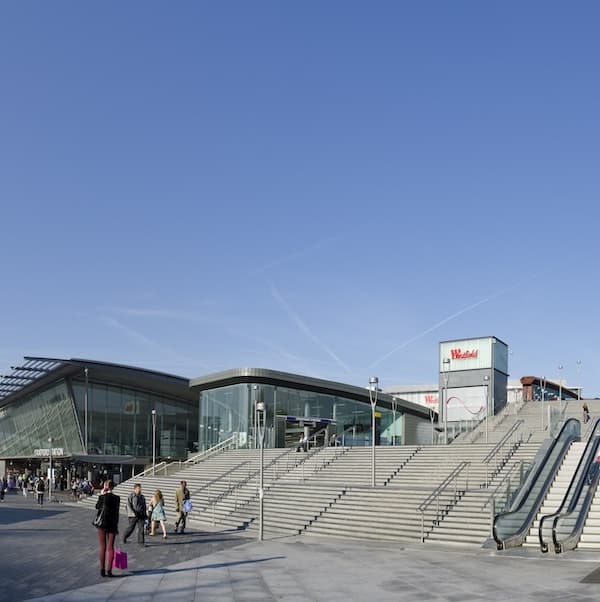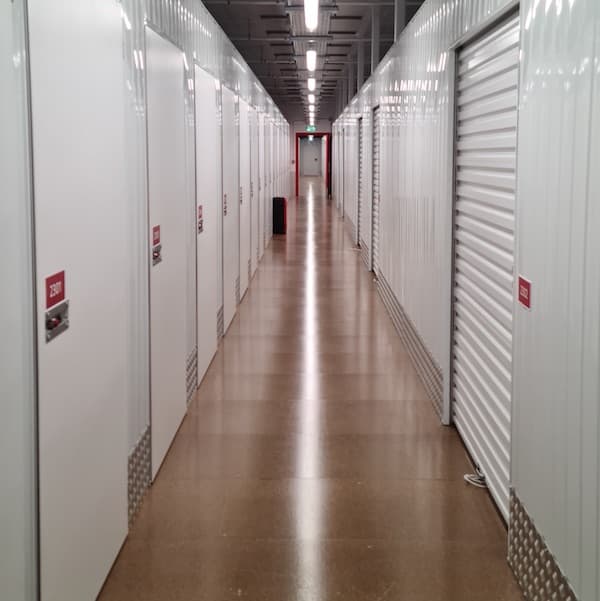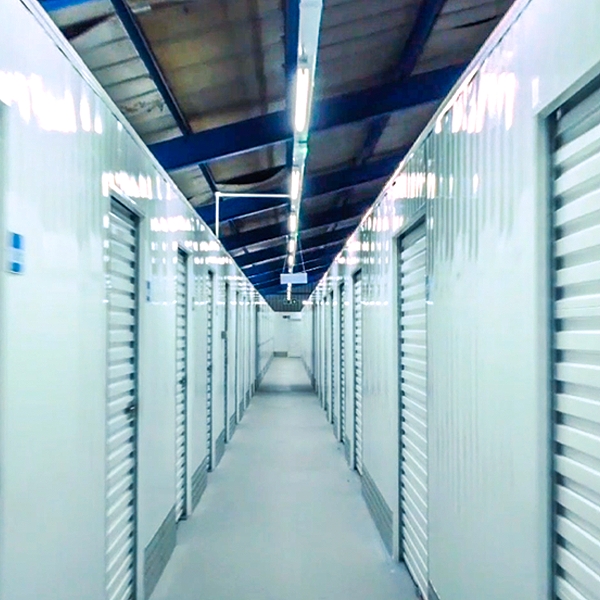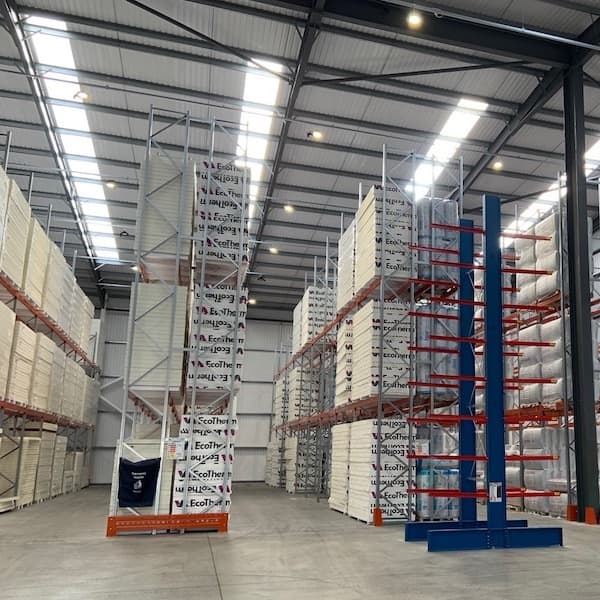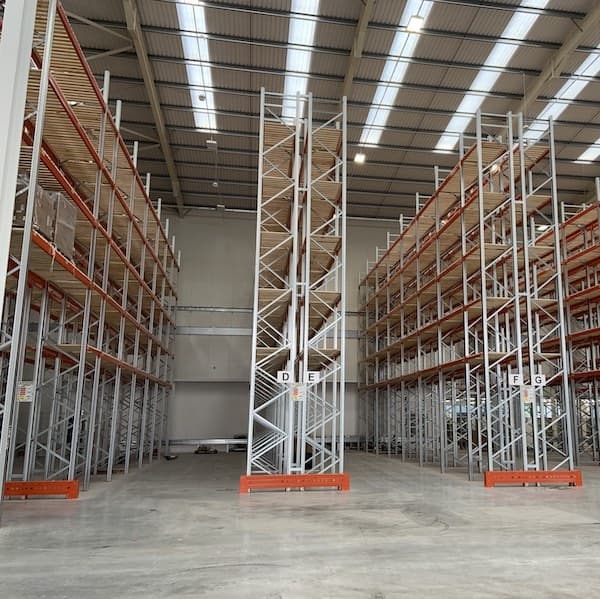- Mezzanine Floors
- Solutions
- Multi-Tier Mezzanines
- Mezzanine Pallet Safety Gates
- Mezzanine Staircases
- Mezzanine Handrails and Balustrades
- Mezzanine Decking
- Fire Protection for Mezzanine Floors
- Mezzanine Lift Shaft Design and Installation
- Resources
- Mezzanine Floor Calculator
- Mezzanine Floor Regulations and Building Control
- Self-Storage Mezzanine Floors
- Self-Storage Units
- Resources
- Self-Storage Site Selection Information
- Calculating The ROI of Self-Storage Conversions
- Planning for Automation in Self Storage
- Racking & Shelving
- Services
- Racking Design
- Racking Manufacture
- Racking Installation
- Racking Inspections
- Retail Racking And Shelving Systems
- Solutions
- Cantilever Racking
- Pallet Racking
- Coil Racking
- Longspan Shelving
- Tyre Racking
- Kimer Racking
- Live Storage Racking
- Drive In & Drive Through Racking
- Clip Shelving
- Mobile Shelving
- Custom Fabrications
- About Us
- USS Case Studies
- Self-Storage Fit-out For Raked Ceiling Building
- Mezzanine And Staircases For Entertainment Venue
- New Mezzanine And Staircases For Major Retailer
- Mezzanine Pallet Safety Gate
- Self-Storage Fit-Out Project For Brand New Facility
- Warehouse Racking, Wire Mesh & Shelving for New Warehouse
- Self-Storage Partition System & Components Installation
- Self-Storage Store Mezzanine And Staircases
- Multi-Tier Mezzanine For Logistics & Distribution Facility
- Warehouse Plant Platform
- Self-Storage Facility Space Expansion
- Mezzanine Floor For Distribution Warehouse
- Bespoke Feature Staircase & Mezzanine
- Single Level, Multi-Use Mezzanine
- Mezzanine For A New Building
- Mezzanine Floor For Plumbing Supplies Warehouse
- New Racking System and Mezzanine Floor
- Car Park Conversion To Self Storage Facility
- Pallet Racking and Cantilever Racking For Warehouse
- Two Mezzanine Floors For Self-Storage Facility In Birmingham
- Our Accreditations
- Contact Us
- USS Case Studies
- Knowing how your business operates and identifying the areas which could be optimised by automated solutions such as cloud-based management software
- Evaluating your facility to understand which aspects of automation could be introduced relatively painlessly and which would require greater levels of investment
- Researching your current customer base – perhaps via an actual survey – to determine what type of automation they would be interested in
- Analyse the local competition to see what kind of automation they are delivering
- Take a look at the technology currently available – i.e. automated kiosks which can be based in the facility and offer the kind of unmanned access provided by a website
- Plan to introduce automation gradually to minimise disruption
- Ensure that you take your employees with you when delivering any change, as they will have to understand the technology you are introducing to make it work correctly for customers
The Latest Blogs From USS
Planning for Automation in the Self-Storage Industry
read
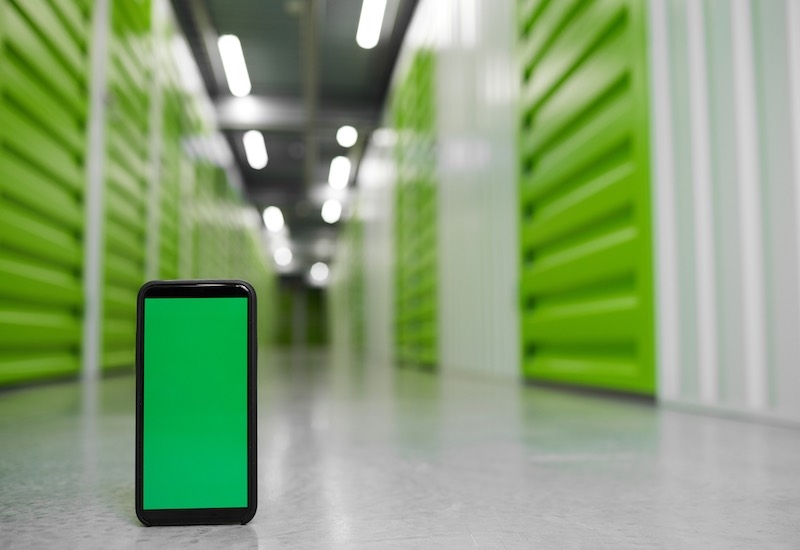
For a long time, any mention of automation and technology in the self-storage industry has inevitably led to conversations about the necessity of a website. More recently, however, the idea that a self-storage business needs to have a website has become less a piece of forward-looking advice and more a statement of the fairly obvious.
According to the 16th edition of the annual Self Storage Association UK state of the industry report (published over the period January and February 2023 using data collected over 2022), 78% of enquiries to UK self-storage facilities are now made through a business’s website, and 75% of self-storage businesses enable customers to book and pay for their unit online. This, then, has become pretty much the norm and represents the minimum customers expect.
However, as anyone working in almost any industry will tell you, the march of automation across virtually all sectors is pretty remorseless - for more on this, see our article on automation in the retail industry. In terms of self-storage, the next wave of automation is already working its way through the industry, and the question for anyone managing or owning a self-storage facility is not so much whether they need to embrace automation - it’s more how exactly they can set about making sure it happens. In simple terms, various degrees and types of automation will become how competing self-storage facilities across the UK differentiate themselves.
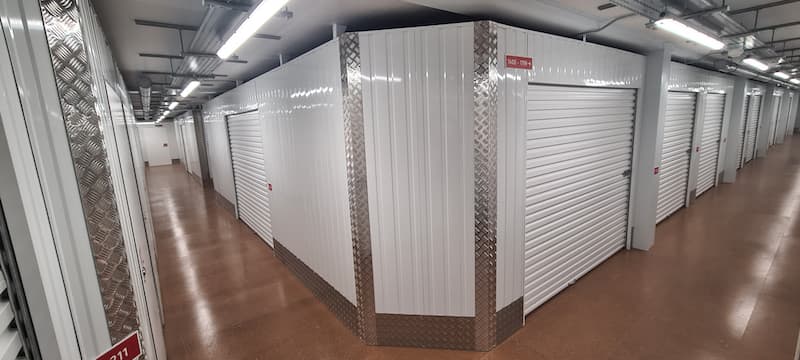
As we’ve stated before, the fundamentals of self-storage – a big box where you store anything you can’t easily fit in your home – are pretty simple. The use of automation in the industry won’t involve changing the fundamentals as such, but rather removing as much of the friction from the process of finding, hiring and using a self-storage facility as possible. We’ve seen the same principle revolutionise other seemingly simple commercial transactions, such as booking a place to stay when travelling and taking a taxi to get there.
No Time Like Now
Anyone working in the self-storage industry needs to be planning now for the same kind of change to embed itself within their sector. As any business that has been left behind will attest, the speed with which innovation becomes first the standard and then the minimum any customer expects is scarily fast. If the best time to start planning for automation was a couple of years ago, then the second best time is right now. This timing is particularly the case if self-storage is to appeal to generations that have grown up with the ease of digital commerce and friction-free automation as the standard model of most commercial transactions.
Where to Automate
You can transform two aspects of your self-storage business through automation, which we describe as customer-facing and behind-the-scenes. The customer-facing aspects of the industry include choosing a self-storage unit design and size that suits them, booking and paying for it, gaining access to that unit and – in some cases – monitoring it. Behind the scenes, many processes and organisations are involved in running a self-storage facility. Before embarking on the introduction of automation to your business, you need to conduct a full audit to ascertain areas in which automation will make a positive difference and – crucially – you can introduce it with minimum disruption.
Automation - Look Behind the Scenes
Undertaking an in-depth analysis of the day-to-day running of the business will shine a light on any aspect which you could easily automate through management software. This management will include key activities like billing, customer management, payment processing and reporting in the first instance. Software of this kind is nothing new, but the uptake of cloud-based solutions in recent years has exponentially increased the potential the right management software can offer.
When integrated with the website, management software has the potential to keep track of pretty much all administrative aspects of running a business. In terms of employees, this could have a dual impact.
First, you have the potential to plan for a future with a smaller workforce. The second means that those employees you take on or retain could focus on higher-value aspects of the business, such as marketing, on-site facility maintenance and high-level customer service. Rather than spending time inputting data on units and their availability, your team members can focus on delivering the kind of personal service that could help differentiate your business.
Freeing You Up To Deliver A More Competitive Service
It may seem counter-intuitive, but one of the key benefits of automation could well be that as it simplifies and speeds up the more mundane aspects of running a self-service facility, it enables you to focus on finding out about and delivering the one or two per cent extra which will help to set you apart from the competition. Since one of the key benefits of management automation is the sheer volume of data that can be gathered, you should plan for any transformation by deciding what kind of data you want to focus on – such as the demographics of your customer base, the average size of unit rented, the average length of stay etc. – to hone your offering to deliver what your customers are looking for exactly.
Automation - Look at Your Customers
In terms of the customer-facing areas of your business, you need to ask yourself exactly what kind of market you serve and the degree to which this market is likely to be looking for full automation or the gradual introduction of some automated features. In part, this will depend on the location of your facility and the demographics of your customer base, i.e. whether you attract a majority of younger customers who are likely to be happy with a fully automated offering or an older customer base likely to be more satisfied with some personal interaction. These are sweeping generalisations, of course, so it may pay to survey your customers and look at what any local rivals are offering.
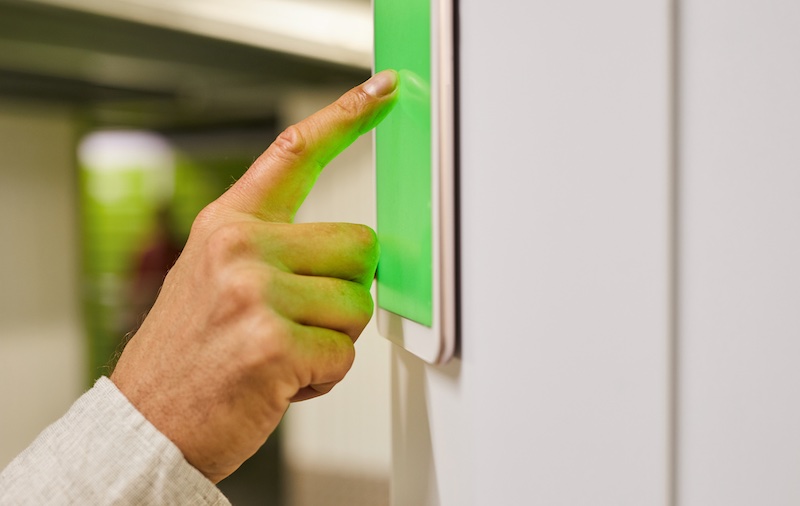
Given the technology we are discussing, it may seem old-fashioned, but your facility’s physical infrastructure can also make a difference. A form of automation you can opt for is the replacement of traditional locks on your units with those operated by Bluetooth or biometric technology. This offers a combination of higher levels of security and ease of access – making it possible for customers to access their unit around the clock without a staff member being present. Suppose your facility is based mainly around smaller units for storing items temporarily. In that case, however, replacing all the locks in a facility at once may prove to be prohibitively expensive. However, if you have larger units often used by customers to store more expensive furniture or seasonal items, the switch might make more financial sense. One possible solution to this difficulty would be to introduce automated locks on a gradual basis and perhaps charge a slight premium for the extra security and convenience. By tracking whether customers are willing to pay a little more for this, you can garner an idea of how popular it is likely to be as a blanket solution and whether it will pay for itself in the longer term. This kind of thinking also applies to introducing more automated security measures, such as security cameras with built-in number plate recognition or video monitoring systems enabling you – or your customers – to monitor their storage unit remotely from various devices. Does your facility have the infrastructure in place – in terms of something as simple as wiring throughout and good wireless coverage, for example – to support more automated security and monitoring measures, or will it require investment to make this feasible? If the answer is that investment will be needed, then you need to be sure that customers will be willing to pay any premium based on this investment before putting your money into it.
Your Self-Storage Automation Planning Hitlist
In simple terms, then, planning for automation means the following:
This blog is for information purposes only and should not be construed as legal or financial advice and not intended to be substituted as legal or financial advice.
This blog is for information purposes only and should not be construed as legal or financial advice and not intended to be substituted as legal or financial advice.
Find Us
S & L United Storage Systems Ltd
United House, The Street
Takeley, Bishop's Stortford
Hertfordshire, CM22 6QR
Company No. 1313816
VAT No. 291616253Say Hello
01279 871 787Copyright © 2025 S & L United Storage Systems Ltd. All rights reserved.
- About Us

